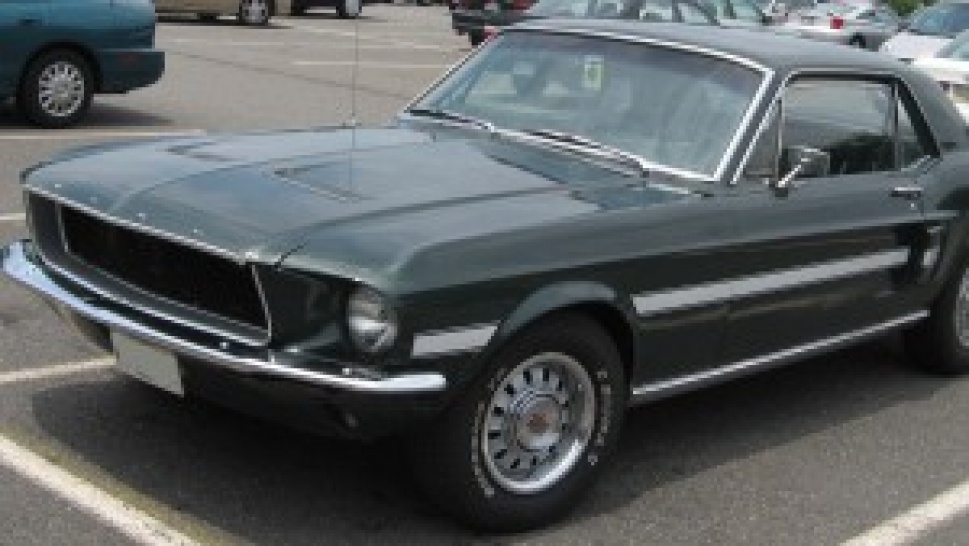Throughout the car industry, 1970 can probably be viewed as the pinnacle of performance. The next few years would see regulations requiring stricter emissions control, unleaded gas requirements and more safety regulations combined with higher insurance rates, a weakening economy and higher gas prices due to a fuel shortage. All of this added up to less interest in performance based vehicles than had been seen throughout the ‘60s by American drivers.
wo six-cylinder options were available in 1969—a 200 cubic inch version producing 120 horsepower and a 250 cubic inch motor rated at 155 horsepower. There were, however, quite a few changes in the V-8 options offered as compared to the previous year. Gone were any 390 cubic inch versions, and the base was a 302 cubic inch 2-barrel V-8. A 4-barrel version of the 302 was the Boss 302—available only on the Boss 302 Mustang. There was a 2-barrel and 4-barrel version of the 351 cubic inch V-8, producing 250 and 300 horsepower, respectively.
http://www.musclecarfacts.com/ford-mustang/342-1970-mustang
http://www.oldride.com/library/1970_ford_mustang.html
The 1970 saw no major changes to the Mustang lineup. Most of the changes were in the way of subtle refinements. The headlights became dual units again instead of the quad units used in '69, front side marker lamps were moved up onto the fenders, the quarter panel "scoops" were deleted, and the rear taillights were now recessed into their housings.
On the inside, high back buckets became standard equipment with the seat back release moved to the lower part of the seat, a new "oval" steering wheel (supposedly to ease entry and exit), and the ignition switch was moved to the steering column which locked the steering wheel when turned to the off position.
http://www.mustangspecs.com/years/70.shtml
http://en.wikipedia.org/wiki/Ford_Mustang
http://www.justauto.com.au/justcars/know/news/74e48f1e-add5-4103-910d-ea30139dd7a7

Specifications for the 1969, 1970 Ford Mustang:
Wheelbase, inches: 108.0
Length, inches: 187.4
Curb-weight range, pounds: 2,690-3,210 (1969); 2,721-3,240 (1970)
Width, inches: 71.3-71.7
Engine Types for the 1969, 1970 Ford Mustang:
I-6: 200 cubic inches; 115 horsepower
I-6: 250 cubic inches; 155 horsepower
V-8: 302 cubic inches; 220-290 horsepower
V-8: 351 cubic inches; 250-300 horsepower
V-8: 390 cubic inches; 320 horsepower
V-8: 428 cubic inches; 335 horsepower
V-8: 429 cubic inches; 375 horsepower
Transmissions for the 1969, 1970 Ford Mustang:
Automatic: 3-speed
Manual: 3-speed, 4-speed
Model-Year production for the 1969, 1970 Ford Mustang:
1969: 302,971
1970: 191,363
http://www.cargurus.com/Cars/1970-Ford-Mustang-Reviews-c3693




Share the News